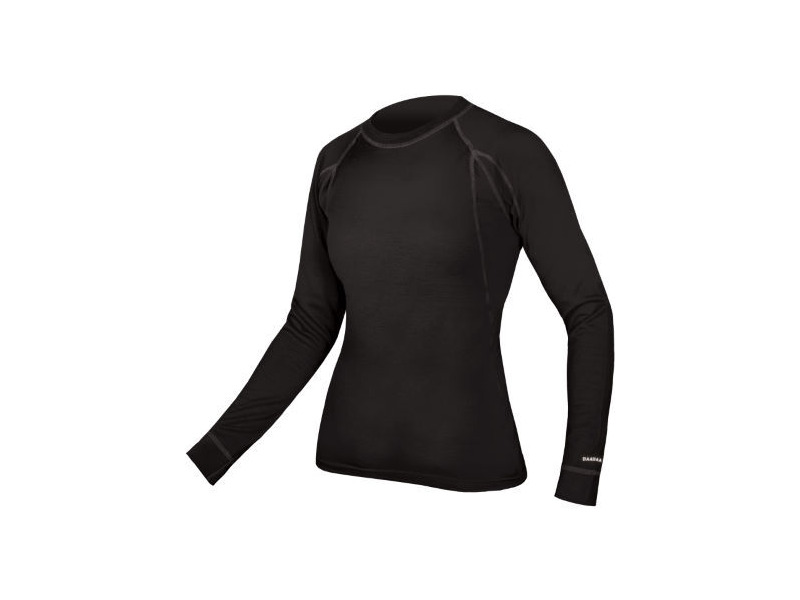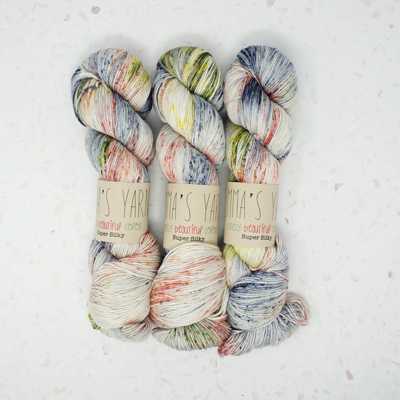New Bamboo Clothing Tips
Wiki Article
What Are The Reasons Yak And Merino Wool Baselayers Effective In Winter Sport Clothing Because Of Their Natural Fiber Benefits As Well As Environmental Sustainability?
The natural fibers and environmental sustainability of Yak Merino Wool Base Layers make them an excellent option for winter sports clothing.
Both wool from yak and merino are natural fibers derived from animals (yak and merino sheep respectively). They are renewable resources that can be harvested sustainably without harming animals. They are biodegradable which means that they break down naturally, without harming the environment.
Low Environmental Impact
Natural fibers tend to have less environmental impact than synthetics. Wool production is more environmentally friendly than synthetic fibers since it involves less chemical processes.
Energy Efficiency
Wool fibers require less energy to process than synthetic fibers such as polyester or nylon. The energy used in the manufacturing process of natural wool is relatively less, which results in lower carbon emissions.
Reduced Microplastic Pollution
Natural wool fibers are not in charge of microplastic pollution in waterbodies in contrast to synthetic fibers which release microplastics after being washed.
The Longevity & Recyclability of plastics
Yak merino wool garments are generally durable and last a long time, extending their lifespan. The wool fibers are also able to be recycled and reused. This decreases production waste and the environmental impact.
Sustainable Practices
Certain producers and manufacturers of wool follow ethical and sustainable practices. They take care to ensure the welfare of their animals, good land management, and fair work conditions for their employees.
Environmental Certification-
Certifications such as the Responsible Wool Standard and the Global Organic Textile Standard verify the ethically and environmentally sustainable methods used in the production of wool. It gives consumers confidence regarding sustainability.
Base layers made from yak merino are typically environmentally friendly because they come from renewable and natural sources. They also have minimal environmental impact during production and use sustainable and ethical supply chains. This is due to the fact that natural fibers are eco-friendly. Have a look at the best merino wool base layer hints for more tips including merino base layer mens, sitka base layers, best layers for skiing, smartwool long underwear, merino wool base layer womens, wool thermals mens, merino wool underlayer, merino wool long underwear women's, 400g merino wool base layer, icebreaker merino wool base layer and more.

What Are The Advantages Of Wearing Bamboo Clothing As Outdoor Clothing For Warmth, Comfort And Sustainable?
Bamboo clothing is an excellent option for outdoor clothing providing comfort, safety and environmental sustainable.
Softness - Bamboo fabric has an incredibly soft and smooth texture that feels gentle on skin. Bamboo fabric is frequently compared with silk or cashmere due to its luxurious look.
Bamboo fibers have moisture wicking properties that draw moisture away from the skin to keep you comfortable and dry during physical activity.
Thermal Regulation- Bamboo clothing has natural temperature-regulating properties, providing warmth in winter while remaining breathable to prevent overheating.
Sustainability-
Bamboo is a renewable resource. It is an extremely renewable resource that can be grown quickly and without the requirement for chemical fertilizers. It regenerates quickly and is therefore a good option for clothing that is sustainable.
Bamboo has a minimal environmental impact. It uses less water and soil nutrients than cotton. Bamboo is also able to absorb more carbon dioxide and release more oxygen into the air when compared to other species.
Protection for Outdoor Wear-
UV Protection – Bamboo fabric has natural UV-resistant properties that offer protection against harmful UV Rays.
Bamboo is an antimicrobial that is a natural ingredient, referred to as "bambookun," and it assists in preventing the growth of bacteria which cause odor. It keeps clothing fresher for a longer period of time, particularly during outdoors activities.
The Other Benefits
Durability - Bamboo fibers can be strong and durable and are suitable for outdoor wear that could endure a lot of wear and tear.
Biodegradability- Bamboo clothing is biodegradable, meaning it can break down naturally at the end of its cycle, reducing environmental impact.
For outdoor winter clothing Bamboo fabric offers a combination of comfort and thermal control. It also manages humidity and is environmentally sustainable. Take a look at the top bamboo clothings blog for blog examples including bamboo hawaiian shirts, short sleeve bamboo pajamas, bamboo jeans, bamboo yoga wear, bamboo sportswear, bamboo shorts womens, bamboo shorts womens, bamboo tee shirts, bamboo fiber t shirt, bamboo fishing shirts and more.

How Does The Texture, Warmth, And Moisture Absorption Of Bamboo Or Merino Compare To That Of Wool?
In comparing merino wool bamboo clothing, and traditional wool, we can compare them in terms of texture, warmth, and moisture absorption- Texture-
Merino Wool- Merino wool is known for its softness and fine fibres, offering a smoother and less scratchy texture when compared to wool that is traditional. It is believed to be more relaxing.
Bamboo Clothing Bamboo clothing is silky and smooth texture. It is often considered luxurious, like cashmere or silk. It is soft and delicate texture, providing an enjoyable wearing experience.
Traditional Wool Traditional Wool is available in a variety of different textures. Some are coarser than others and may cause itchiness or discomfort.
Warmth-
MerinoMerino Merino is a warm and comfortable material due to its insulating qualities. It is able to retain heat even when wet. It makes it a perfect insulation material for cold weather.
Bamboo Clothing provides warmth, but it may not provide the same amount of insulation like Merino wool. Bamboo clothing regulates body temperature effectively and is comfortable in any conditions.
Traditional Wool: Similar to merino, wool, merino offers warmth, insulation and comfort. It may feel more bulky and heavier than bamboo or merino wool clothing.
Moisture Absorption-
Merino Wool Merino Wool is a natural fiber with remarkable moisture-wicking capabilities. It draws moisture from the skin, and lets it evaporate. Even when wet the wool stays warm.
Bamboo Clothing Bamboo fabric has water wicking capabilities, which means it can draw out moisture and provide comfort during physical activity. Bamboo clothing regulates humidity and keeps the wearer drier.
Traditional Wool - While wool can hold in moisture, it might not have the same moisture-wicking properties like bamboo or merino wool fabric. Certain kinds of wool feel damp or heavy when they are wet.
Merino wool is renowned for its warmth, softness and moisture-wicking capabilities. Bamboo clothing is smooth and silky. It is warm. It also regulates the amount of moisture. The wool's texture is variable and can be used to provide warmth as well as moisture absorption, and a soft feel. But it could appear coarser and heavier when compared to merino clothes or bamboo clothes. Each type of material has its own characteristics that cater to different clothing preferences and needs. See the best weblink for bamboo winter clothing for blog info including lightweight merino wool base layer, wool mid layer, merino wool underlayer, merino wool layers, merino thermals, sweaty betty base layers, wool undershirts, heavyweight merino wool base layer, merino ninja suit, wicked wool base layer and more.
